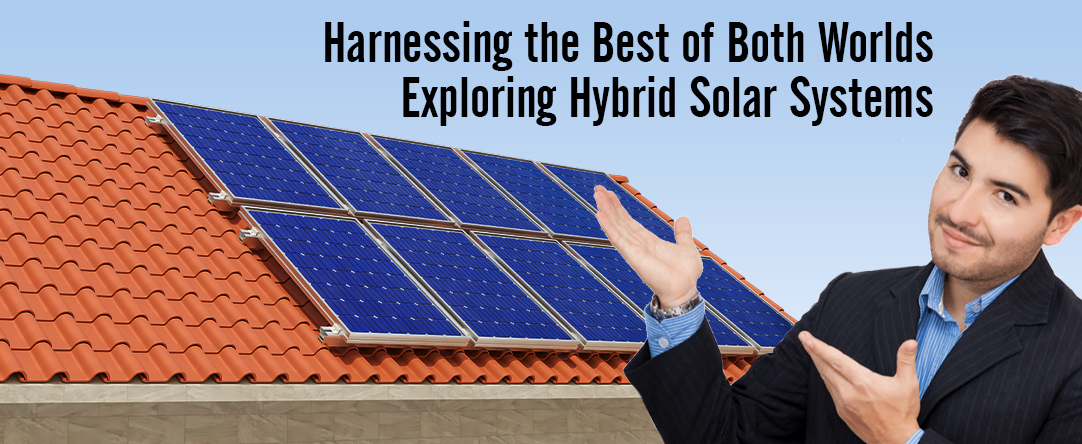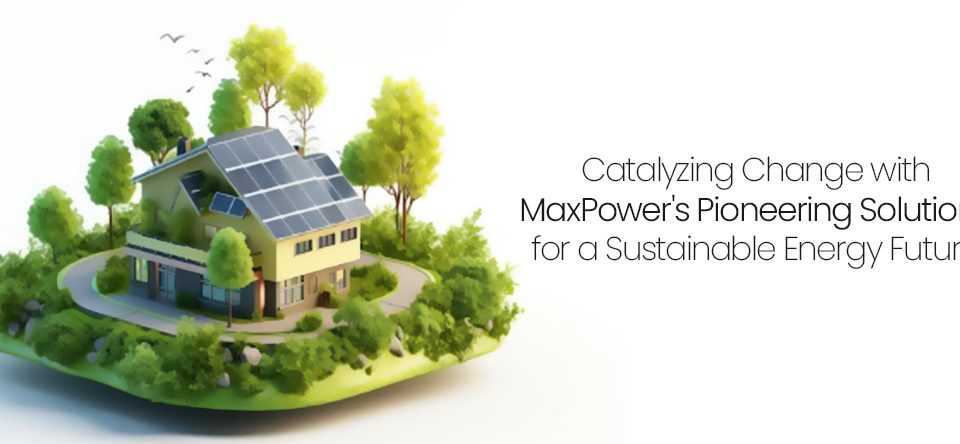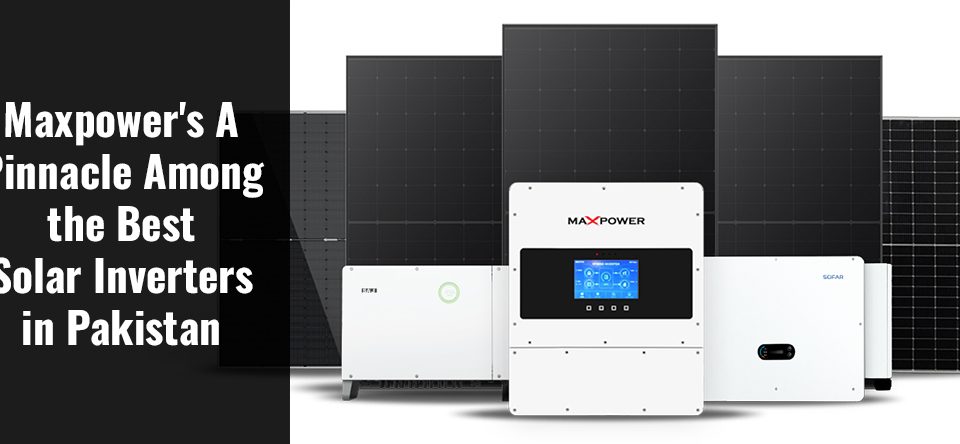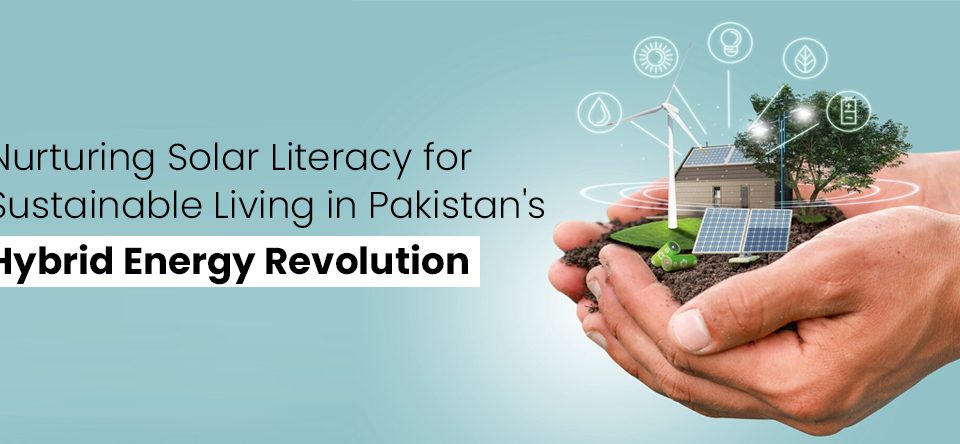
On-Grid, Off-Grid, and Hybrid Solar System: A Comprehensive Guide to Choosing the Right System
June 22, 2023
Net Metering: A Game-Changer for Reducing Electricity Bills and Going Negative
July 4, 2023The sun – an unending renewable energy source – has been harnessed for power for centuries, but only in recent years have we started to tap into its potential. One such innovation is the hybrid solar system, a unique blend of grid-tied and off-grid solar systems. But what exactly is a hybrid solar system? And how does it represent the best of both worlds?
The Evolution of Solar Power Systems
Solar power systems have come a long way since their inception. We began with simple, standalone solar installations but soon realized the limitations – they only provided power when the sun shone. This led to the development of two types of solar systems: grid-tied and off-grid.
The Emergence of Hybrid Solar Systems
The hybrid solar system emerged as a solution to the drawbacks of both off-grid and grid-tied systems. It combines a grid-tied system’s reliability with an off-grid system’s energy independence. Sounds interesting.
Components of a Hybrid Solar System
A hybrid solar system includes four main components: solar panels, an inverter, a battery, and a charge controller. Each plays a crucial role in ensuring efficient operation.
Solar Panels
Solar panels are the heart of any solar system. They capture sunlight and convert it into electricity. The quality of the panels is paramount, as it directly influences the system’s efficiency.
Inverter
The inverter takes the direct current (DC) produced by the panels and converts it into alternating current (AC), used in most homes and businesses.
Battery
The battery stores excess energy produced during the day for use at night or during periods of low sunlight.
Charge Controller
A charge controller regulates the voltage and current coming from the solar panels. It ensures that the battery is not overcharged or undercharged, extending its lifespan.
The Working Principle of Hybrid Solar Systems
The operation of a hybrid solar system varies depending on whether it’s day or night.
Daytime Operation
During the day, the solar panels generate electricity. Some of this power is used for immediate needs, while excess energy is stored in the battery. If the battery is full, extra energy is fed into the grid.
Nighttime Operation
The battery provides the required power at night or during low sunlight conditions. If the battery runs out, the system switches to grid power, ensuring an uninterrupted power supply.
The Advantages of Hybrid Solar Systems
Hybrid solar systems offer a plethora of benefits over traditional solar systems.
Energy Independence
Connecting to the grid and having a battery backup gives users greater control over their electricity use. They can choose when to use grid, solar, or stored battery power.
Grid Security
If the grid goes down, a hybrid system can still provide power thanks to the battery backup, a distinct advantage over grid-tied systems.
Cost Savings
By maximizing solar usage and selling excess power back to the grid, hybrid systems can lead to significant cost savings over time.
Potential Drawbacks and Solutions
Like any technology, hybrid solar systems have their drawbacks, the most notable being the initial cost and concerns about maintenance and lifespan.
Initial Cost
The upfront cost of a hybrid solar system can be high due to the inclusion of batteries. However, falling battery prices and government incentives make hybrid systems increasingly affordable.
Maintenance and Lifespan
Batteries require regular maintenance and typically have shorter lifespans than other system components. However, advances in battery technology are improving longevity and reducing maintenance requirements.
The Future of Hybrid Solar Systems
With the dual benefits of energy independence and grid security, hybrid solar systems represent the future of solar power. As technology improves and prices fall, we can expect to see them become increasingly common.
Installation and Setup of Hybrid Solar Systems
Installing a hybrid solar system can be more complex than setting up a traditional solar system due to the addition of a battery. Trained professionals typically carry out this task to ensure safe and efficient operation. Factors such as the location of the solar panels, the type of battery used, and the connection to the grid must all be carefully considered.
Maintenance Tips for Hybrid Solar Systems
Though hybrid solar systems are designed to last for many years, regular maintenance can help to prolong their lifespan and optimize their performance. This includes cleaning the solar panels to maximize sunlight absorption, inspecting the inverter for any issues, and maintaining the battery according to the manufacturer’s instructions. Having your system inspected by a professional at regular intervals is also advisable to detect and rectify any potential issues early.
Comparison with Other Solar Systems
Compared to traditional grid-tied and off-grid solar systems, hybrid systems stand out due to their unique features. Unlike grid-tied systems, they offer energy independence thanks to the inclusion of a battery. This means they can continue to provide power even if the grid goes down. And unlike off-grid systems, they have the backup of the grid, so you are never without power.
By blending the benefits of grid-tied and off-grid solar systems, hybrid systems offer a versatile, reliable, and sustainable energy solution set to play a key role in the future of renewable energy.
Wrapping it up
Hybrid solar systems offer hope for the future of solar power with their distinctive blend of energy autonomy and grid stability. With technology constantly improving and costs decreasing these solutions are progressively becoming widespread. This allows us to meet our increasing energy requirements in a dependable and ecologically responsible manner.




